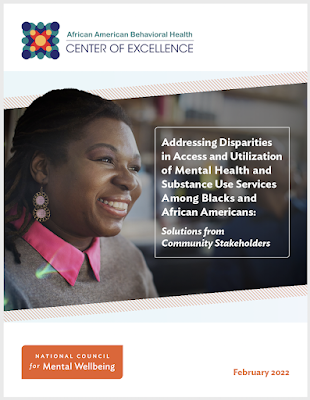April was first designated as Alcohol Awareness Month in 1987 to increase public awareness about the prevention and treatment of alcohol use disorder—which remains a tenacious public health concern in the U.S.
For decades, substance use disorder (SUD) treatment focused on alcohol use disorder (Kinney, 2021).
“Gradually, other substances such as freebase cocaine, crack cocaine, methamphetamines, heroin, oxycontin, and fentanyl surpassed alcohol as the primary focus,” said Mark Sanders, program manager for the Great Lakes ATTC, MHTTC, and PTTC. “We learned that SUD progresses much more quickly with these drugs than with alcohol. To use an analogy, ’Alcohol destroys your house slowly, like termites. Crack, methamphetamines, and heroin destroy your house quickly like a fire. Fire grabs everyone's attention!’"
Thus, the media, the court system, the criminal justice system, the child welfare system, hospitals, and Hollywood shifted their attention from alcohol to other drugs, even as alcohol continued to kill 95,000 Americans every year, making it the third-leading preventable cause of death in the United States.
 |
Alcohol misuse often co-occurs with other SUD: a majority of individuals who die of opioid overdose are found to have alcohol in their system at the time of death (Hart, 2022).
And recent data indicate that alcohol-related deaths increased 25 percent from 2019 to 2020. See the CNN news item: Alcohol-related deaths in the US spiked more than 25% in the first year of the pandemic, study shows
To shift the focus back to problem alcohol use, The Great Lakes ATTC, MHTTC, and PTTC launched the “Alcohol is STILL a Drug” webinar series to kick off Recovery Month in September 2021.
“When we set about planning this series, we felt that it was important because alcohol, while still the most commonly abused substance, maybe less lethal in people's minds as other drugs take center stage,” said Laura Saunders, program manager for the Great Lakes ATTC, MHTTC, and PTTC.
The 30-minute sessions air on the first Tuesday of the month at 10 a.m. CT. Series topics have included:
- September 2021: Recovery
- October 2021: What is Sober Curious?
- November 2021: Pharmacology for Treating Alcohol Use Disorders
- December 2021: Treatment for Alcohol Use Disorder
- February 2022: LGBTQ+ Youth and Alcohol Use
- March 2022: Fetal Alcohol Syndrome Disorder
View the “Alcohol is STILL a Drug” playlist on the Great Lakes Current YouTube Channel.
Upcoming sessions include:
- April 5, 2022: Alcohol Use in Hmong Communities
- May 3, 2022: Domestic Violence and Alcohol Use
- June 7, 2022: The Impact of Alcohol Use on Mental Illness
Please join us in the months ahead as we continue to examine alcohol and its impact on individuals, families, and communities.
Related Resources
SAMHSA
• Talk, They Hear You: Underage drinking prevention campaign
CDC
NIAAA
• NIAAA Alcohol Treatment Navigator
Selected Resources from across the ATTC Network:
Great Lakes ATTC:
• Infographic: Pharmacology for Treatment AUD
• Alcohol is STILL a DRUG YouTube Playlist
Mountain Plains ATTC
National Hispanic and Latino ATTC
• Alcohol Use and Abuse During Covid 19 (Available in English, Spanish, and Portuguese)
Northwest PTTC
References
Hart, C. Drug Use for Grown-Ups: Chasing Liberty in The Land of Fear. Penguin Books. (2022). New York, NY
Kinney, J. Loosening the Grip: A Handbook of Alcohol Information (Kindle Edition, 2021). Outskirts Press, Parker, Co.
About the author
Maureen Fitzgerald is communications manager for the Behavioral Health Excellence-Technical Assistance Center (BHE-TAC), based at the Center for Health Enhancement Systems Studies at the University of Wisconsin-Madison. She also oversees communications activities for the Great Lakes ATTC, MHTTC, PTTC, and NIATx.

